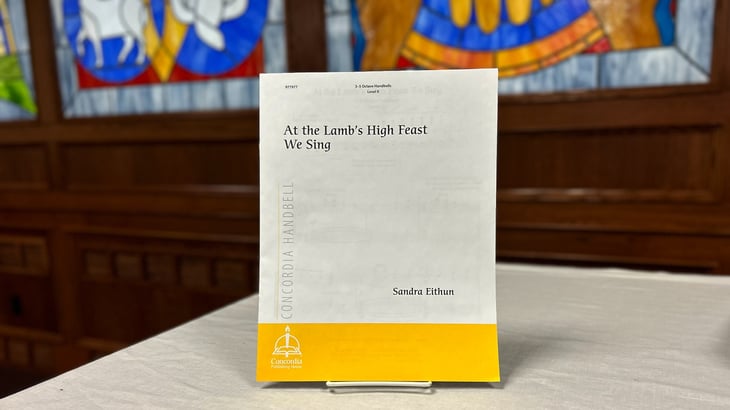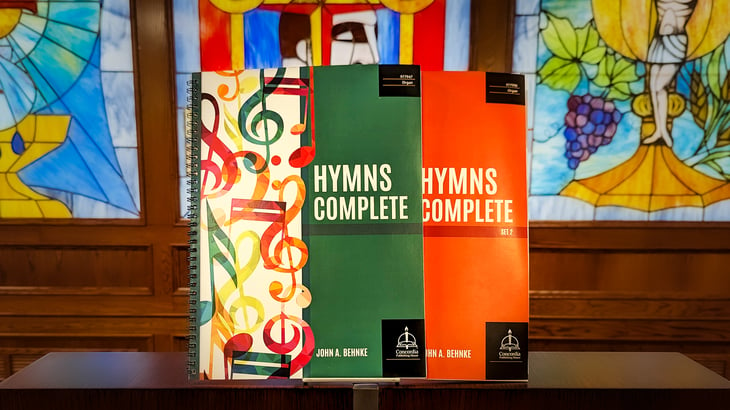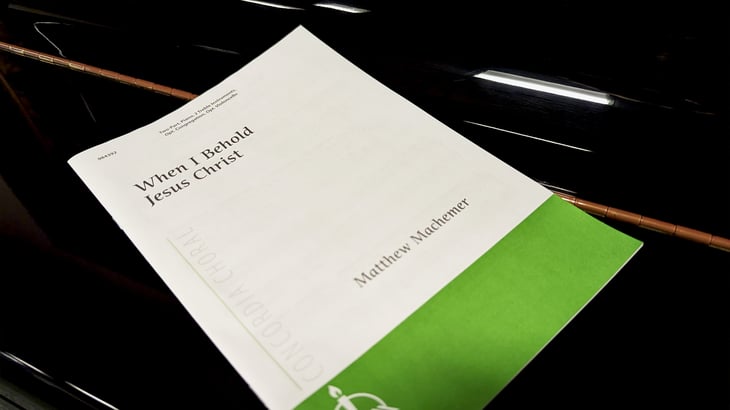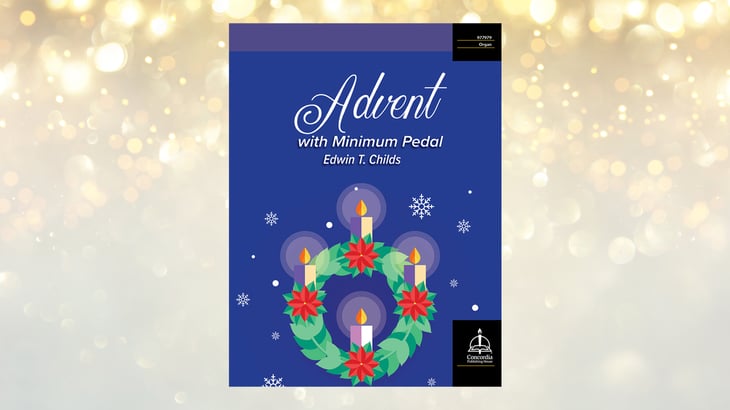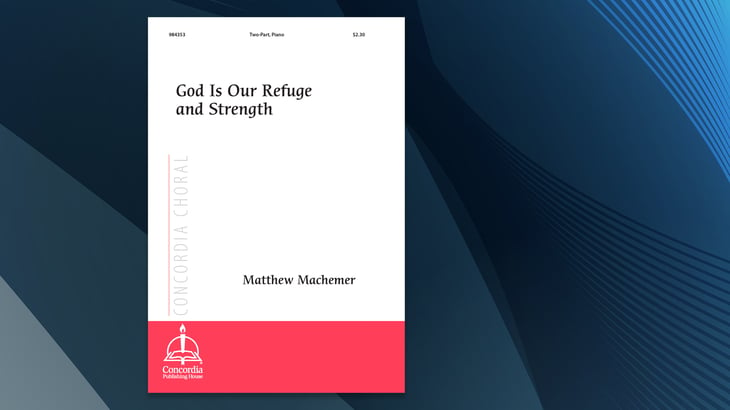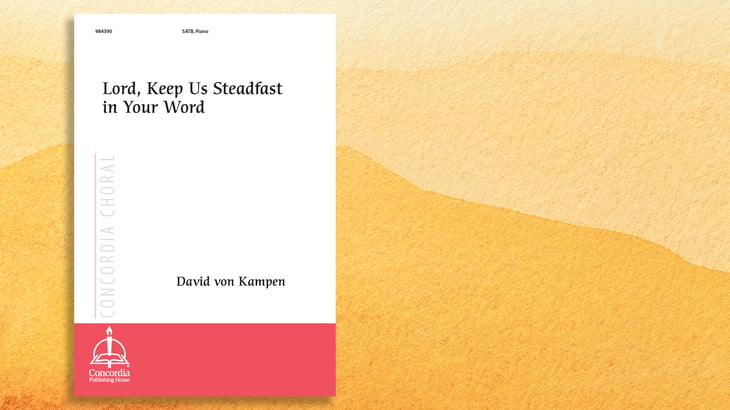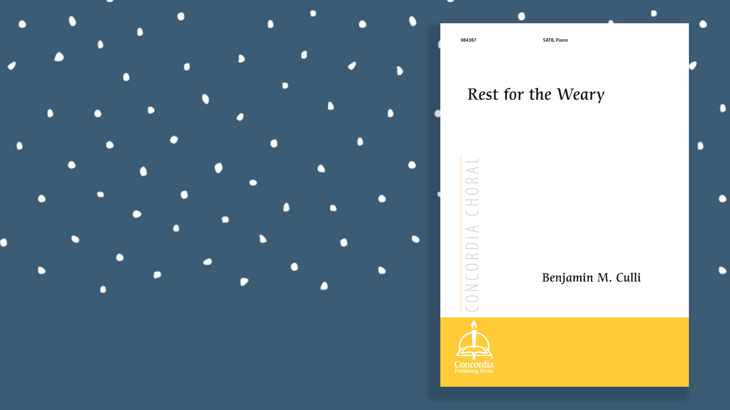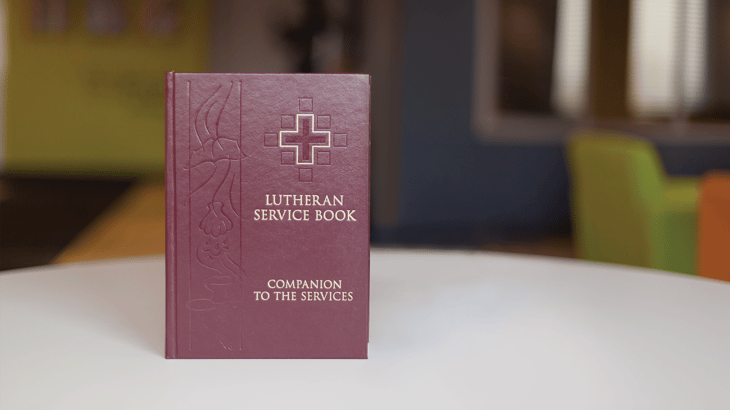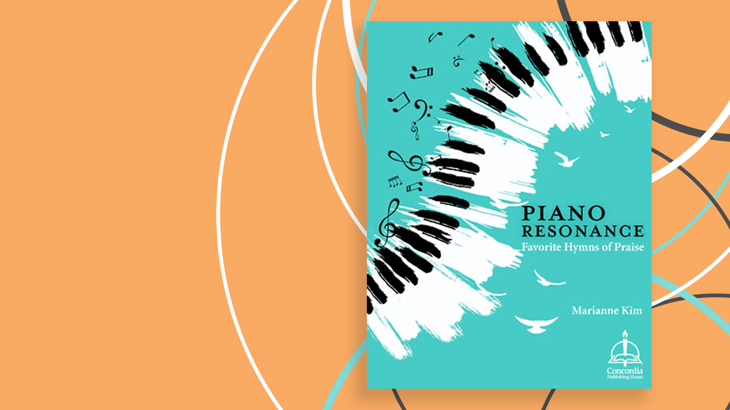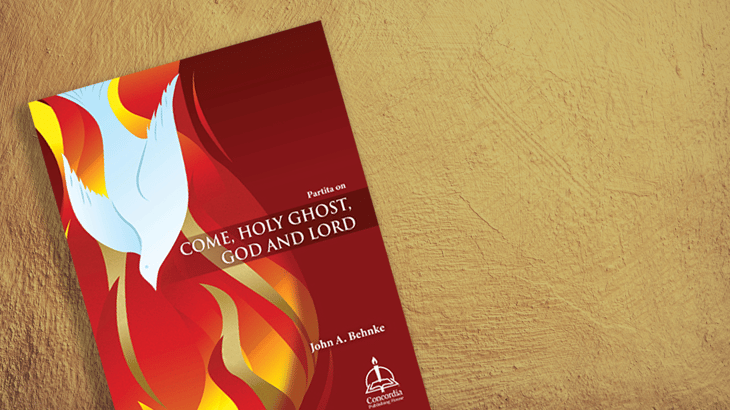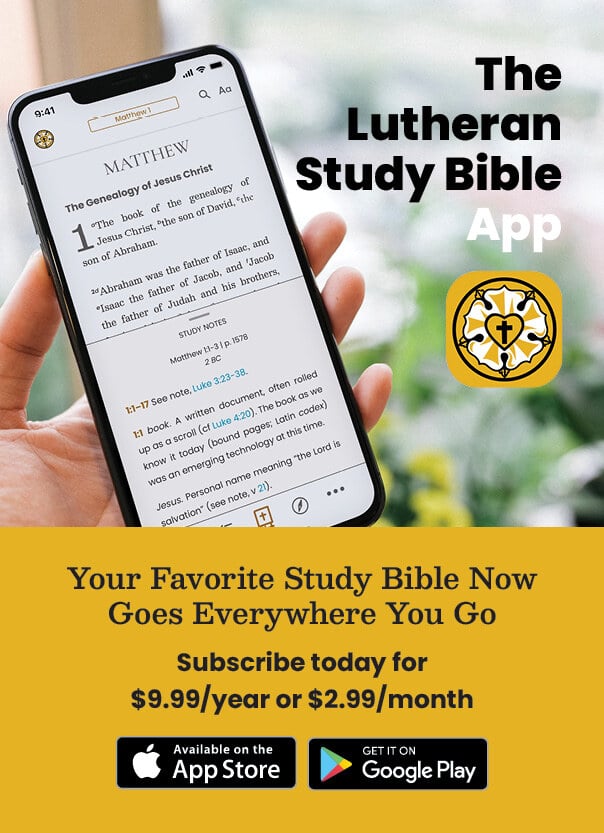Recent Posts by Nathan Grime
Music of the Month: At the Lamb’s High Feast We Sing
Triumphant and upbeat, Sandra Eithun’s setting of “At the Lamb’s High Feast We Sing” has limited bell changes and few rhythmic challenges, making it easy to prepare for developing ensembles. The LV passages, martellato, and varied dynamics add interest for the listener and help to encourage musicality in the ringers.
Music of the Month: Hymns Complete
John Behnke has begun a series for organists titled Hymns Complete, designed to accompany hymns as they are sung by congregations. Each volume contains introductions and accompaniments for specific stanzas of well-known hymns, according to their texts in Lutheran Service Book.
Music of the Month: When I Behold Jesus Christ
This month's selected piece is a well-crafted modern hymn concertato scored for two-part voices, two treble instruments, piano, optional congregation, and optional violoncello by Matthew Machemer. “When I Behold Jesus Christ” features repetitive and overlapping piano patterns that are complemented with polyphonic instrumental lines and accessible choral writing. The overall feel of the piece has a minimalist flair.
Music of the Month: Advent with Minimum Pedal
Edwin T. Childs adds to his series of settings for minimum pedal, providing a collection of hymn tunes for the season of Advent in Advent with Minimum Pedal. These inventive preludes are suitable as hymn introductions, preludes, voluntaries, and postludes, and will appeal to organists with limited pedal abilities or seasoned organists that need something in a pinch.
Music of the Month: “God Is Our Refuge and Strength”
Composed for Concordia University Chicago’s celebration of the 500th anniversary of the Reformation, this setting for two-part voices and piano is characterized by soaring vocal lines and idiomatic piano writing. With text that is fresh and expressive, this anthem is appropriate not only for Reformation but also throughout the Church Year.
Music of the Month: “Lord, Keep Us Steadfast in Your Word”
“Lord, Keep Us Steadfast in Your Word” (LSB 655) is one of Martin Luther’s most well-known hymns. It was also one of the last hymns Luther wrote. The text originates from Luther’s Admonition to Pray against the Turks which was written in 1541. Translations of the hymn into English rebrand it as a general plea to the triune God to defend His Church from all her enemies, both physical and spiritual. At its genesis, however, the hymn was described in a 1544 Wittenberg hymnal as “a children’s hymn to sing against the two archenemies of Christ and His holy Church: the pope and the Turks.”
Music of the Month: Rest for the Weary
This piece by Benjamin M. Culli paints a beautiful image of heaven. Arranged for SATB and piano, Culli treats the text with a lyrical tune and supportive piano accompaniment. The piece builds and modulates in the middle section, then finishes quietly in the original key. “Rest for the Weary” is a moving selection for multiple portions of the Church Year, including All Saints’ Day.
Music of the Month: Lutheran Service Book: Companion to the Services
I wasn’t born into the Lutheran Church, at least not in the earthly sense. In every way, it’s a miracle that I, a child born to a single mother in post-Soviet Russia in the late 1990s, would ever hear about the Lutheran Church, much less The Lutheran Church—Missouri Synod.
Music of the Month: Piano Resonance
Celebrated composer Marianne Kim has written an uplifting collection of hymn arrangements for piano based on favorite hymns of praise. These pieces feature contemporary and nontraditional harmonies and rhythms with a touch of jazz. Kim’s style provides a fresh take on traditional hymns.
Music of the Month: “Partita on Come, Holy Ghost, God and Lord”
John Behnke has composed a three-part partita on the hymn tune KOMM, HEILIGER GEIST, HERRE GOTT, a Reformation-era tune that accompanies Martin Luther’s Pentecost hymn “Come, Holy Ghost, God and Lord” (LSB 497). The partita contains three movements, one for each stanza of the hymn.

